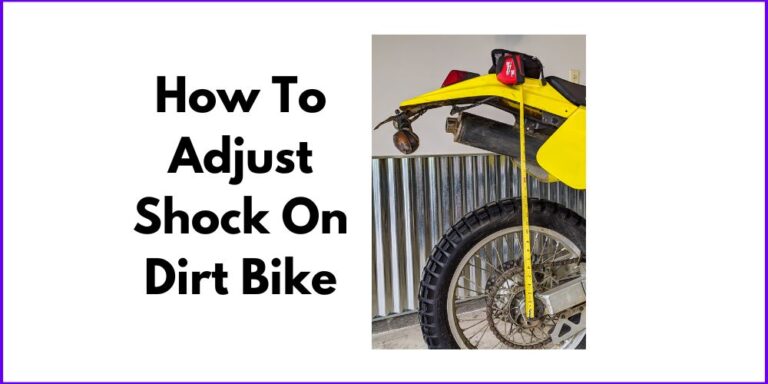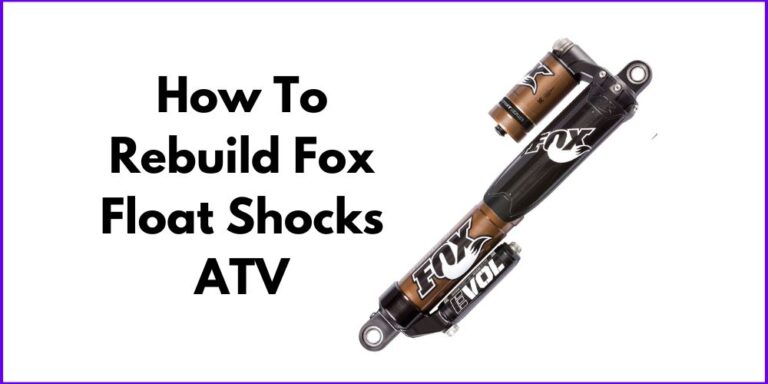Don’t Ignore These Warning Signs: Your Shock Absorbers May Need to be replaced
Shock absorbers play a vital role in maintaining a smooth and comfortable ride in a vehicle. They help to reduce the impact of bumps and vibrations on the road, allowing for a more controlled and stable driving experience.
Understanding the importance of shock absorbers and being aware of the signs of wear can help ensure a safe and comfortable driving experience. In this blog post, we will discuss how worn shock absorbers can affect your vehicle’s handling, braking, and tire wear, as well as the warning signs that indicate it’s time for a replacement.
The 12 Signs that your shock absorbers need replacing

Your vehicle’s shocks and struts play a crucial role in maintaining a smooth and safe ride, but over time they can wear out and need to be replaced. But how do you know when it’s time to replace them? Below we’ve highlighted 12 warning signs that indicate your shocks or struts are worn and in need of replacement:
- Reduced ride comfort: If the ride is bouncy or feels like the vehicle is being tossed around on the road, it could be a sign that the shock absorbers are worn out.
- Vehicle sways while driving: If the vehicle sways excessively while driving, especially on winding roads, the shock absorbers may be worn out.
- Uneven tire wear: Shock absorbers play a role in maintaining proper tire alignment, so worn-out shock absorbers can cause uneven tire wear.
- Vehicle dips when braking: If the vehicle dips significantly when braking, it could be a sign that the shock absorbers are worn out.
- Leaking fluid: If you notice fluid leaks around the shock absorbers, it is an indication that they need to be replaced.
- Noisy shocks: If you hear clunking or rattling noises coming from the shocks, it is a sign that they are worn out and need to be replaced.
- Longer stopping distances: If you notice that it takes longer to stop the vehicle, it could be a sign that the shocks are worn out and not able to properly grip the road.
- Pulling to one side while driving: If the vehicle pulls to one side while driving, it could be caused by worn-out shock absorbers on one side of the vehicle.
- Difficulty steering: If the vehicle feels difficult to steer, it could be a sign that the shock absorbers are worn out and not providing proper suspension.
- Scraping noise when going over bumps: If you hear scraping noises coming from the vehicle when going over bumps, it could be a sign that the shock absorbers are worn out and not providing proper suspension.
- Reduced fuel efficiency: Worn-out shock absorbers can cause additional resistance on the road, which can reduce fuel efficiency.
- Reduced stability: Worn-out shock absorbers can reduce the stability of the vehicle and make it more difficult to control in certain driving conditions.
How do you test a car shock absorber?
1. The Bounce Test: The bounce test is a simple and easy way to check the condition of your shock absorbers. To perform the test, simply push down the hood of your vehicle and release it. If the vehicle continues to bounce more than once, it is a sign that the shocks are worn out.
2. The Brake Dive Test: Another way to check the condition of your shock absorbers is by performing the brake dive test. While the vehicle is stationary, press down on the brake pedal. If the car dips more than it should, it is a sign that the shocks are worn out.
3. The Slalom Test: The slalom test is a more advanced way to check the condition of your shock absorbers. To perform the test, drive your vehicle through a slalom course. If the vehicle sways more than it should, it is a sign that the shocks are worn out. This test can help determine whether the shocks are worn out evenly or if one side is worse than the other.
It’s important to note that these tests should be performed by a professional mechanic or on a track to ensure the safety of you and others on the road. If you notice any of the warning signs or if you’re unsure about the condition of your shock absorbers, it’s best to have them checked by a professional.
Factors that Affect Shock Absorber Life
1. Driving conditions
The type of driving conditions can significantly impact the life of shock absorbers. For example, driving on rough roads or in areas with extreme temperatures can cause the shock absorbers to wear out more quickly.
2. Vehicle usage
The amount of use a vehicle gets can also affect the life of the shock absorbers. Vehicles driven frequently or for long distances will put more stress on the shock absorbers and may need to be replaced more regularly.
3. Quality of the shock absorbers
The quality of the shock absorbers can also affect their lifespan. High-quality shock absorbers are typically made with better materials and are designed to withstand more stress, resulting in a longer lifespan.
4. Weight of the vehicle
Heavier vehicles put more stress on the shock absorbers and, therefore, will require more frequent replacement.
5. Suspension design
Different vehicles have different suspension designs; some are more complex and have more components than others, affecting the shock absorbers’ life.
6. Speed and driving style
More aggressive driving (e.g., high speeds, sudden braking, and sharp turns) can put more stress on the shock absorbers, making them wear out more quickly.
FAQs
Q: What is the average lifespan of a shock absorber?
A: The average lifespan of a shock absorber is around 50,000 miles. However, it can vary depending on driving conditions and the type of vehicle.
Q: What do worn shocks sound like?
A: Worn shocks can make clunking or rattling noises when driving over bumps or uneven surfaces.
Q: What will happen if shocks are not replaced?
A: If shocks are not replaced, they can cause poor handling, longer stopping distances, uneven tire wear, and a less comfortable ride.
Q: Can you drive with a faulty shock absorber?
A: It is not recommended to drive with a faulty shock absorber as it can compromise the vehicle’s handling, braking, and tire wear, leading to a dangerous driving experience.
Q: What causes shock absorbers to wear out?
A: Shock absorbers wear out due to normal wear and tear, as well as driving conditions such as frequent driving on rough roads, carrying heavy loads, or excessive use of the vehicle.
Q: Will new shocks make the ride smoother?
A: Yes, new shocks will make the ride smoother, improve the handling and braking of the vehicle, as well as reduce tire wear, and ensure a comfortable ride.
Finally
In conclusion, shock absorbers are an essential component of a vehicle’s suspension system, and their primary function is to smooth out the bumps and vibrations on the road. Properly functioning shock absorbers play a crucial role in maintaining a smooth and comfortable ride, as well as ensuring the vehicle’s handling, braking, and tire wear are not compromised.
It’s important to be aware of the warning signs of worn shock absorbers and to have them checked and replaced if necessary. Regularly checking and replacing worn-out shock absorbers will ensure a safe and comfortable driving experience for you and your passengers. If you notice any of the warning signs or if you’re unsure about the condition of your shock absorbers, it’s best to have them checked by a professional.







